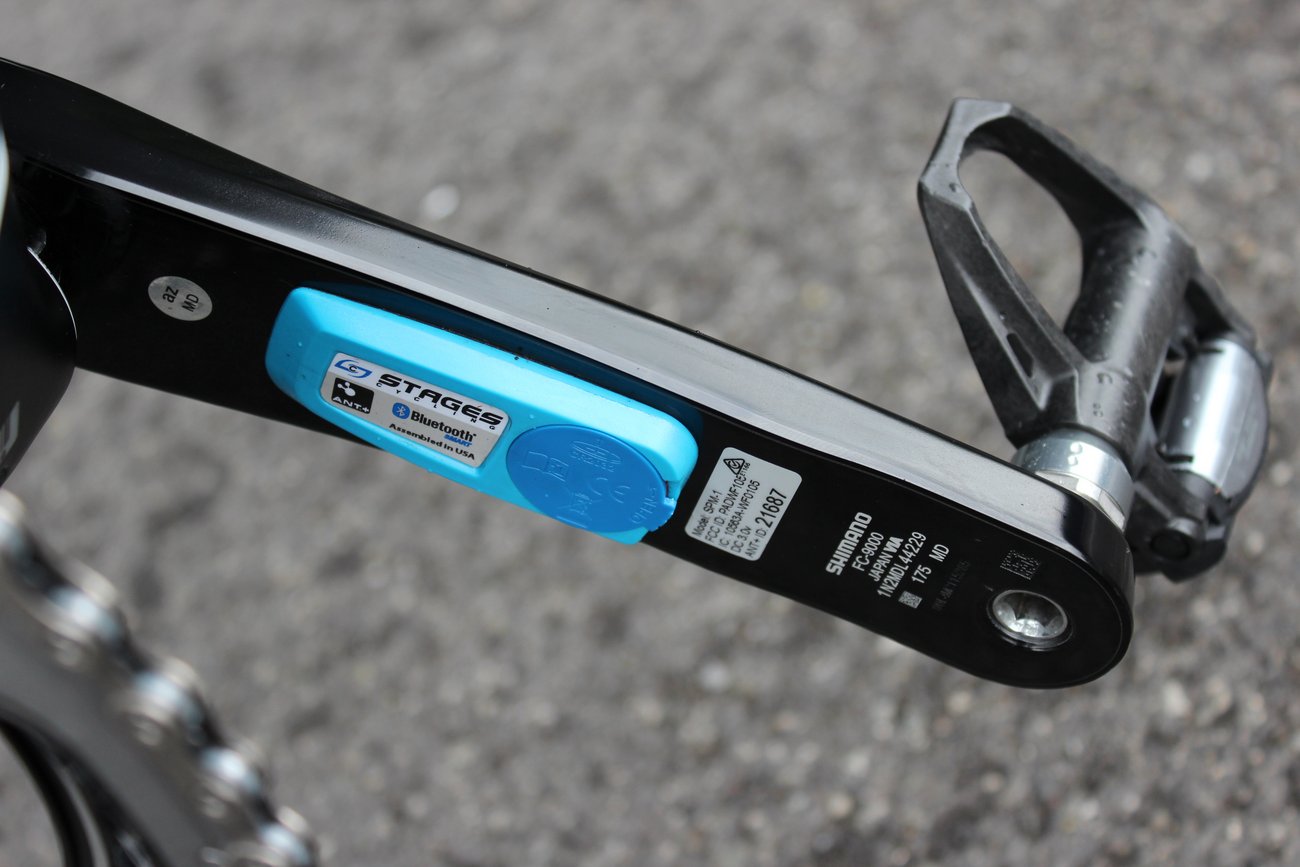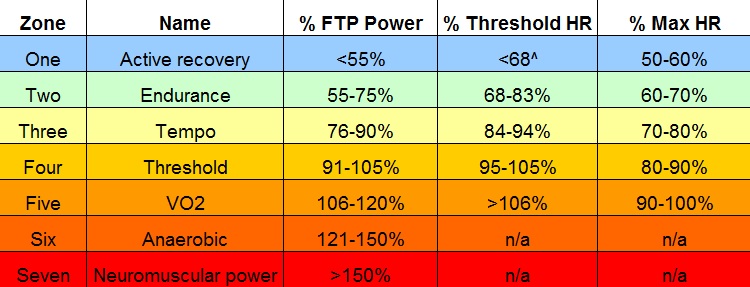1. What are training zones?
-

Coach Tom Kirk recommends dropping a gear and lowering your cadence to prepare for the effort of short, steep climbs if you live in a flat area (Pic: Sirotti)
-

The Stages power meter is used by Team Sky and is pictured here on Geraint Thomas' bike
-

If you want to calculate your training zones then prepare to ride hard (Pic: Media24)
-

Use your training zones to work on specific areas of your fitness in the build-up to the Etape du Tour (Pic: Factory Media)
-

You can use your training zones to recognise when it's time to step off the gas (Pic: Sirotti)
-

Hill reps are an effective way to improve your climbing prowess
1. What are training zones?
We’ve all heard people referring to which ‘zones’ they are riding in – but what does this actually mean, where do training zones come from and how can you use them effectively?
[series align=”left”]
Training zones refer to the intensity at which are riding at. Riding at different intensities brings about different physiological adaptations and, therefore, the idea behind having specific training zones is you can control and measure how hard you are riding, thus giving you the ability to target specific improvements in your form.
There are different models with regards to the number of training zones – more on this later – but the basis of all training zones is what we refer to as threshold. There are actually two different thresholds: aerobic and anaerobic threshold.
Aerobic threshold is the maximum intensity at which you can ride without blood lactate levels increasing (if you think back to our article on base training, this is the level at which the mitochondria in your muscles are working at capacity in terms of how much lactic acid they can process).
Anaerobic threshold is what people commonly refer to as their ‘threshold’. This is your functional threshold power (FTP) for those of you using a power meter, or the maximum heart rate you can sustain for one hour.
At this point the amount of lactate in the blood is elevated but still under control. Ride any harder and the amount of lactic acid will increase exponentially, you will be riding in the red and the effort will become unsustainable. A perfect example of your anaerobic threshold is the pace you can ride a 25-mile time trial.
Using these two thresholds gives us a basic structure of three zones: zone one (below aerobic threshold), zone two (between aerobic and anaerobic threshold) and zone three (above anaerobic threshold).
So why do many training zone models refer to more than three zones?





